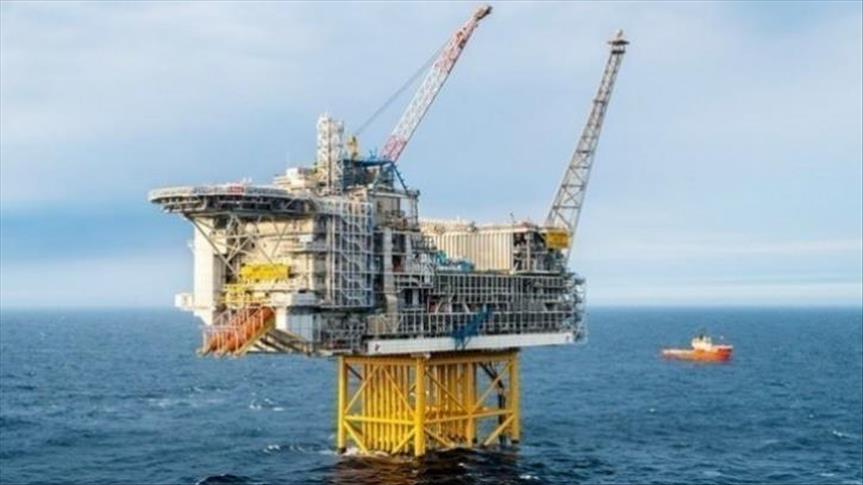- The Writer holds an MSc in Eurasian Political Economy & Energy from King’s College London and also an MA in European Studies from Sabancı University.
In an increasingly interconnected investment environment, investors have many more geographical and industrial options to choose from. With its fast-paced working environment, lower drilling and supply costs, U.S. LTO (LTO) operators have managed to attract many Canadian oil sands producers.
Never before in the history of oil has so much fuel been added to the global oil supply so quickly as LTO. Over the past decade, Canada has undergone one of its fastest industrial expansions in which oil sands have added approximately 1.5 million barrels per day to the global oil supply, but the LTO revolution has added roughly 5 million barrels per day. Diminishing interest in oil sands stems mainly from the development in U.S. LTO, and therefore, the main impediment to the expansion of oil sands lies very much within the border of the U.S.
The shift of major producers from oil sands to LTO has seen a dramatic increase in the latter in the U.S. through the provision of further cost efficiencies and enhanced operational competence. With rapid adaptation, LTO can be produced within a matter of months while big oil sands production requires years of preparation before it reaches the production stage. Efficient operations in LTO evolved at a much faster pace than oil sands to the extent that for the last four years, the U.S. has added an additional 4 million barrels per day to its oil production. However, Canadian oil sand producers have spent roughly four decades working to produce half of this volume.
The supply surge in recent years has inevitably put a further strain on oil sands producers. The success of LTO comes not only from reduced capital and operating costs but is also inextricably linked to innovation, technology and the fast adaptation to changing conditions. While operating costs of LTO has been diminishing year-on-year over the last five years, operating costs for oil sands have nevertheless been on the rise, and these cost factors are a major hindrance to the development of oil sand projects in Canada.
As the number of unconventional plays and basins expand, the current trend suggests that the U.S. will possibly remain the largest contributor to the global oil supply in the years to come. The global energy watchdog, the International Energy Agency (IEA), in its medium-term global oil outlook 2017 has foreseen that the U.S. will be the number one global oil supply source and is expected to add approximately 1.6 million barrels per day (b/d) by 2022.
In the report, the agency noted that LTO production is expected to surge in the coming years and the U.S. will become the largest oil supplier to the market outside of OPEC. With the current consumption level and demand increase expected from major Asian countries, the world could face demand shortages after 2020 and struggle to keep pace with the global oil demand. Spare production capacity could hit the lowest level of the past 14 years unless there is an uptake in unconventional oil production and new projects come online.
By 2019, the world’s oil consumption is expected to surpass the threshold of 100 million b/d and further grow by 104 million b/d as of 2022. Projections suggest that if oil prices increase to $80 in the coming years, with the current technology, low-cost operational ability and with improvements in efficiency, the U.S. LTO production could increase by 3 million b/d in the next five years. The same case scenario forecasts that over the next five years, Canadian oil sands production will grow roughly by 800,000 b/d.
The future path for oil sands might appear uncertain given the many challenges ahead and the weak growth outlook. Oil sands industry experts believe that unless global crude price reaches $80 or above, the only way for oil sands producers to keep afloat will be to undertake drastic cost reductions.
Shareholders who invested in the oil and gas industry in Canada were disenchanted even before the collapse of oil prices due to increasing royalty and regulatory cost burdens, operational difficulties as well as vulnerabilities to price volatility. Therefore fundamental changes are required to revive the oil sands industry.
Access to new pipelines has become a priority for oil sands producers, and unless new routes are built up for new markets, investors will remain hesitant to undertake new investment decisions. Furthermore, to be able to compete with LTO, more investment is needed for technology improvements in the reservoir production process. Lastly, regulatory costs covering carbon pricing and royalties need to be revised to lower overall production costs to reinvigorate the oil sands industry.
The supply surge in LTO has pushed crude prices downwards and has put great pressure on oil sand producers. Long project lifecycles in oil sands production with low crude prices have resulted in project delays and forced investors to face daunting uncertainty. Volatile and low energy prices have put oil sands production more at risk, particularly with the unpredictability of crude prices in the years ahead. Unlike LTO, oil sands investment is a long-term endeavor that has to compete with the investment shift towards LTO in the U.S.
- Opinions expressed in this piece are the author’s own and do not necessarily reflect Anadolu Agency's editorial policy.


